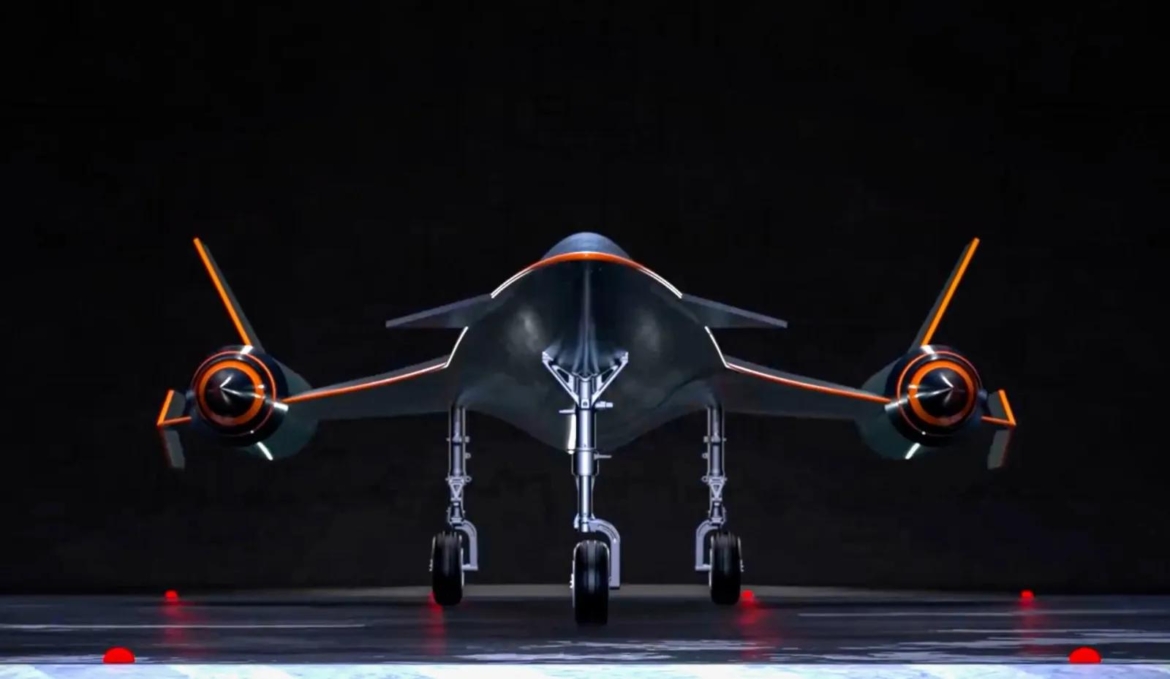Chinese aerospace firm Yunxing, also known as Space Transportation, has unveiled ambitious plans to revolutionize high-speed travel with two groundbreaking aircraft designs. The company’s approach notably differs from its Western competitors by leveraging space technology rather than traditional aviation development methods, setting it apart in the race to revive supersonic commercial flight.
Yunxing’s flagship projects include the Cuantianhou spaceplane and the Yunxing commercial passenger jet, both pushing the boundaries of what’s possible in civil aviation. The company has already demonstrated promising progress, with a successful ramjet test flight in December 2024 achieving Mach 4 at high altitude.
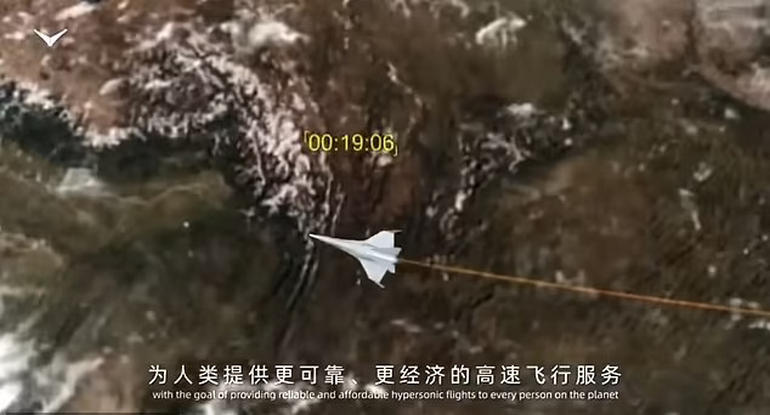
This test represents a significant technological milestone, especially when compared to Boom Supersonic’s Overture, which aims for the more modest speed of Mach 1.7.
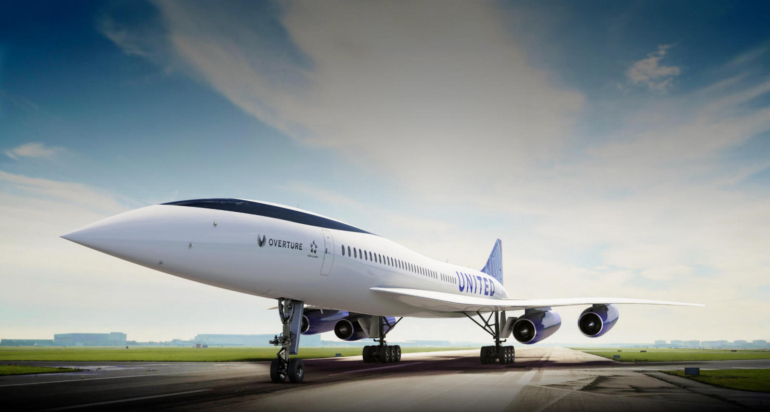
While Boom’s Overture takes a more conventional approach, with a planned capacity of 65-80 passengers and a focus on transoceanic routes, Yunxing’s final commercial aircraft aims to carry 50 passengers at Mach 5—nearly three times faster than the Overture.
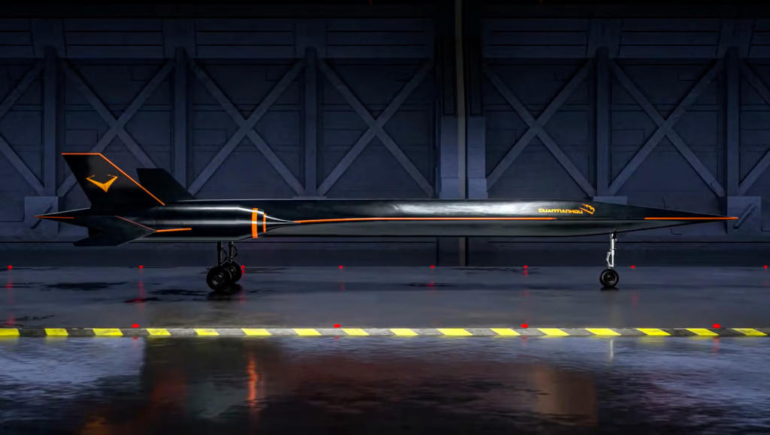
This stark difference in speed could result in dramatically reduced flight times, with Yunxing promising London-to-New York trips in under two hours, compared to Overture’s projected 3.5 hours for the same route.
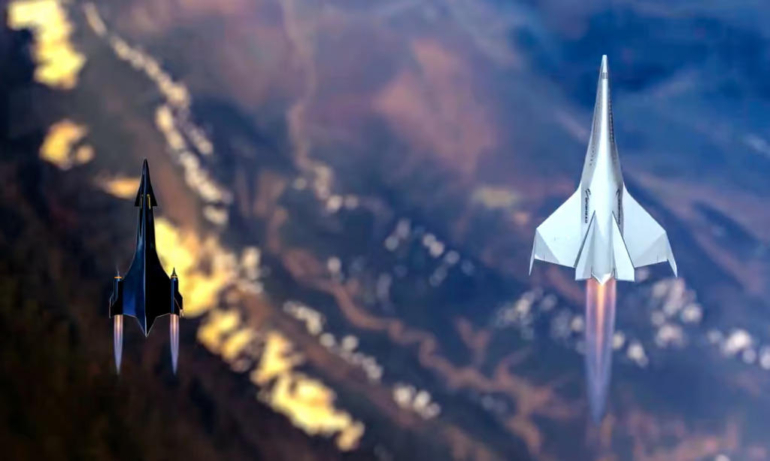
However, both companies face similar fundamental challenges. Like Boom, Yunxing must contend with strict regulations prohibiting supersonic flight over land in many countries, as well as the complex engineering challenges of managing high-speed aerodynamics and heat generation. The Chinese firm’s more ambitious speed targets may actually compound these difficulties, as flying at Mach 5 introduces additional materials and thermal management challenges that Boom’s more conservative approach might avoid.
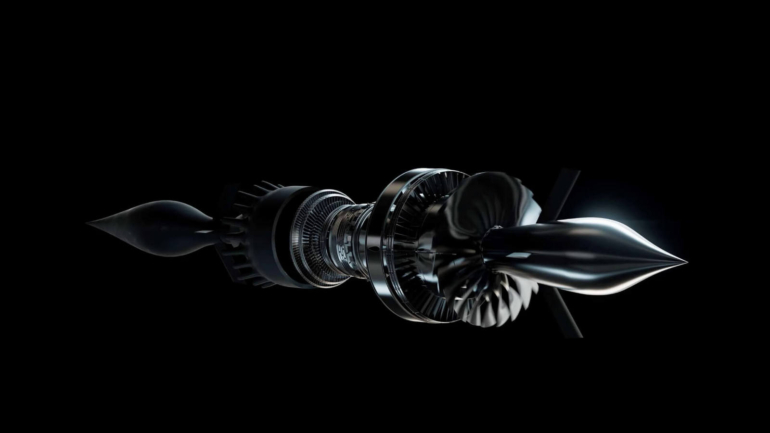
The development timelines also reveal interesting contrasts. While Boom Supersonic aims to begin commercial services with Overture by 2029, Yunxing is planning a more gradual approach, starting with a two-passenger autonomous version in 2027 before scaling up to their full 50-passenger aircraft by 2030-2031.
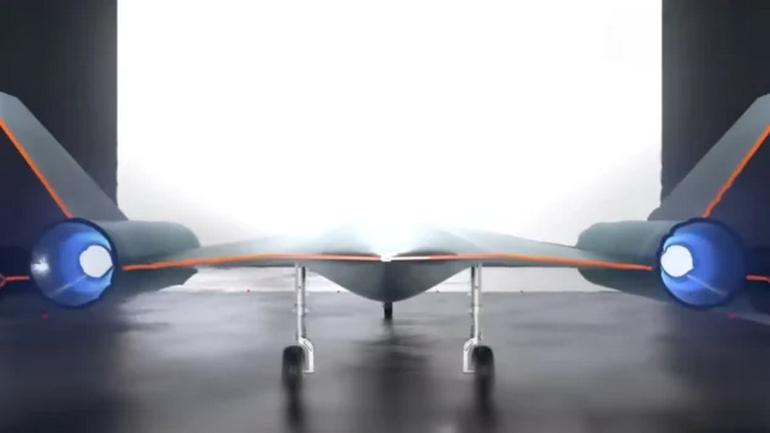
This step-by-step strategy might provide more opportunities for testing and refinement, though it could mean a later entry into the commercial market.
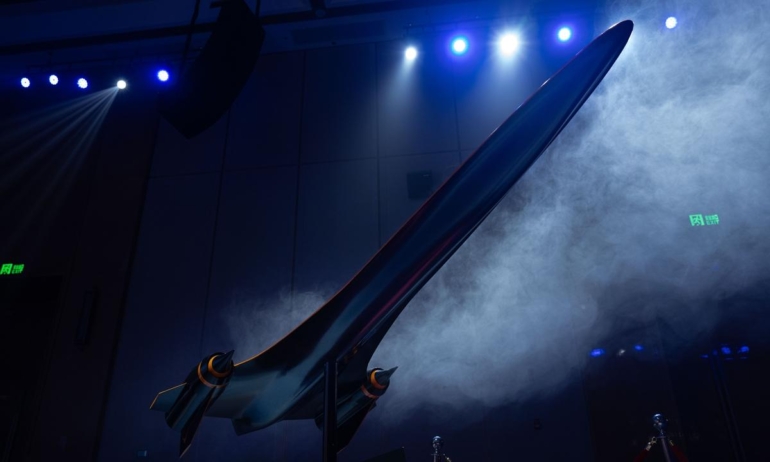
From a technical perspective, Yunxing’s design philosophy appears more radical, incorporating vertical takeoff and landing capabilities in their Cuantianhou prototype and using rotating detonation engines—a significant departure from the traditional turbofan engines planned for the Overture. This innovative approach could offer advantages in terms of airport infrastructure requirements and operational flexibility, but it also introduces additional complexity and risk.
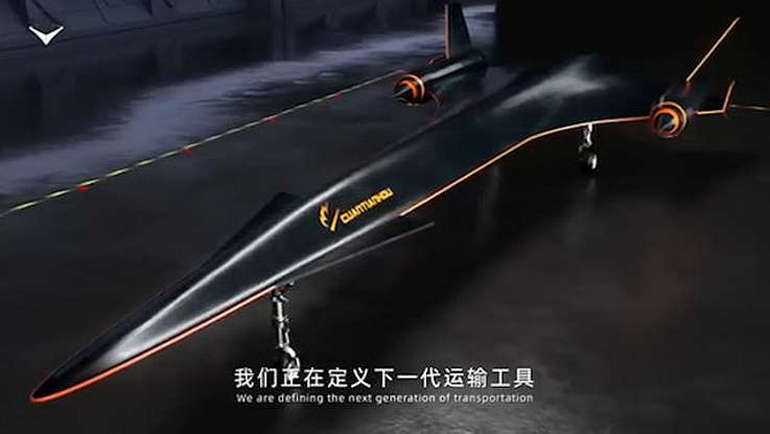
The emergence of Yunxing represents a significant shift in the supersonic aviation landscape, which has been predominantly led by Western companies since the Concorde era. With 600 employees across five locations in China and backing from both state-linked and private investors, Yunxing appears well-positioned to compete in this space. However, the true test will lie in translating their ambitious technical goals into a commercially viable and certified aircraft that can operate within the complex web of international aviation regulations and safety standards.
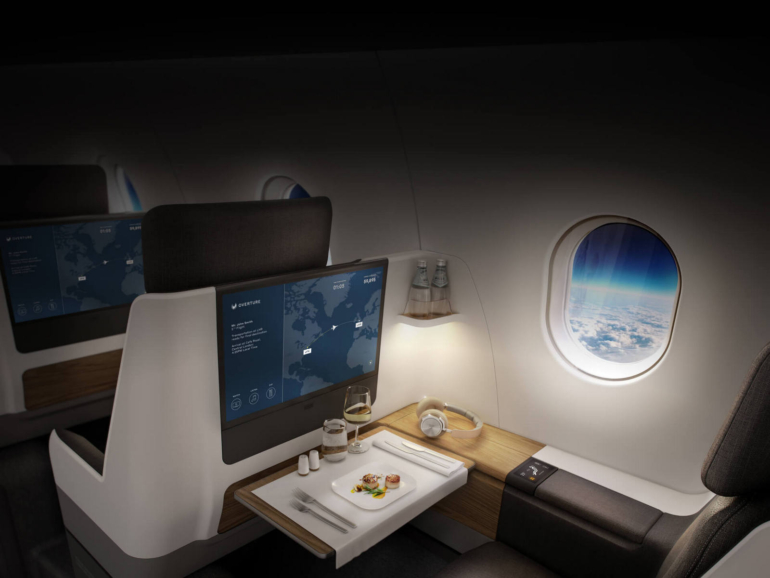
Whether Yunxing or Boom Supersonic will succeed in bringing supersonic travel back to commercial aviation remains to be seen, but their differing approaches to this challenge highlight the various possible paths to achieving this goal. The competition between these companies could ultimately accelerate innovation in high-speed travel, potentially benefiting the entire aviation industry.
